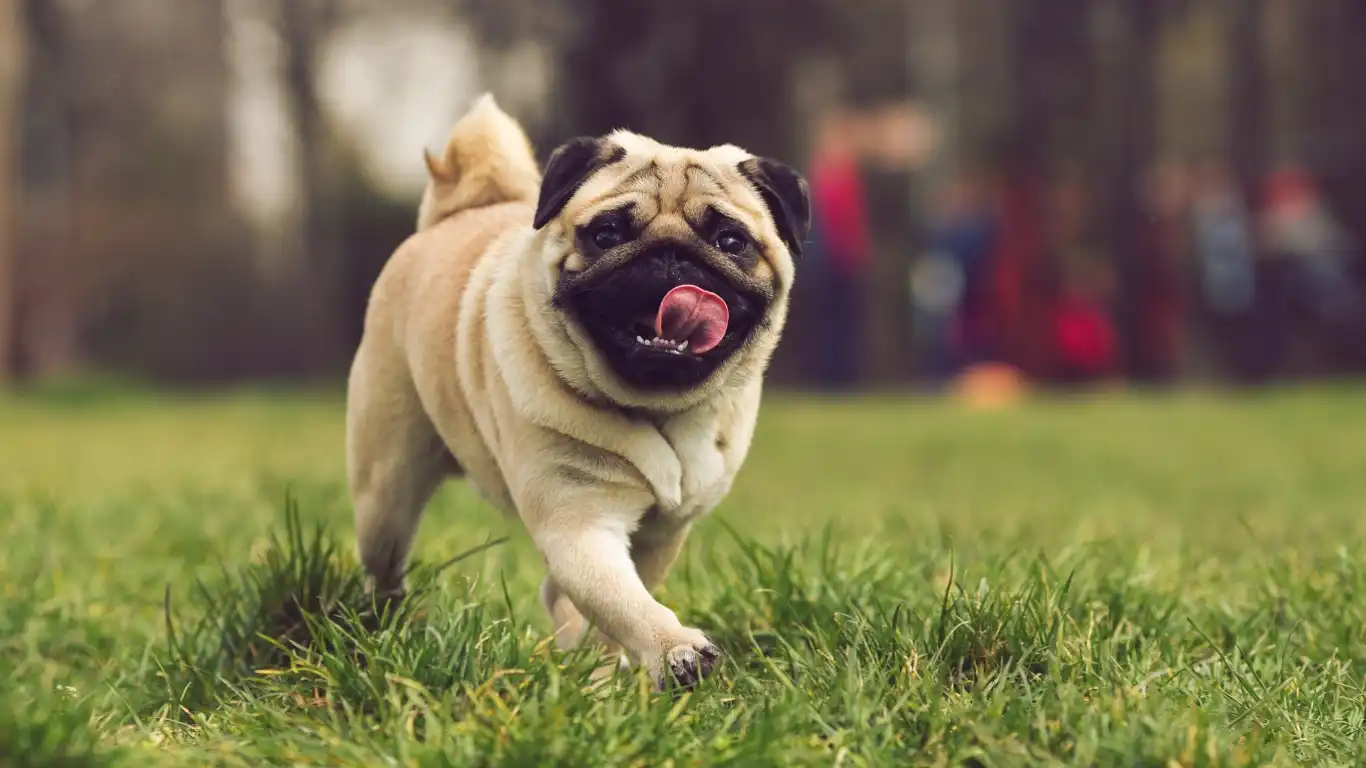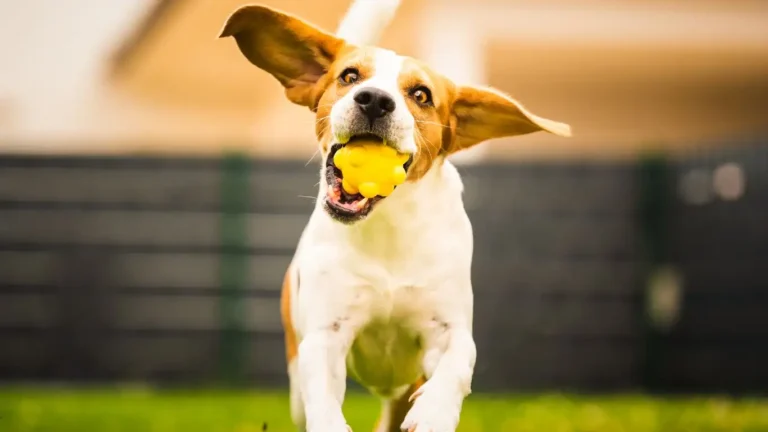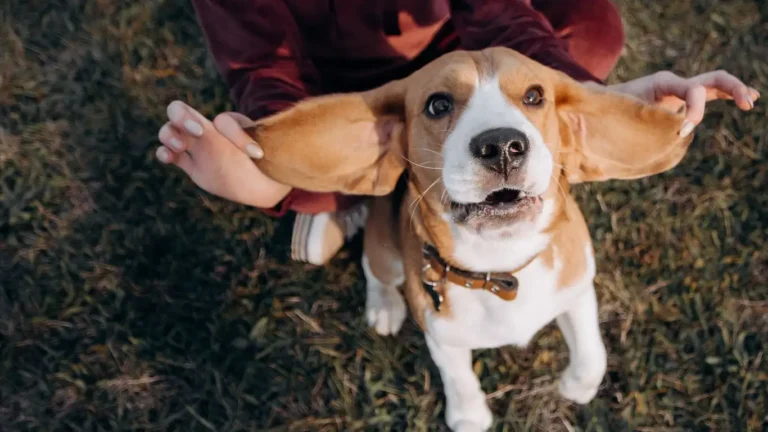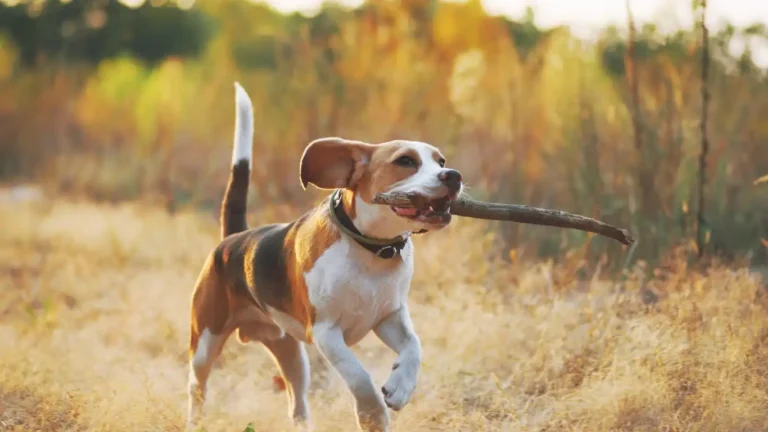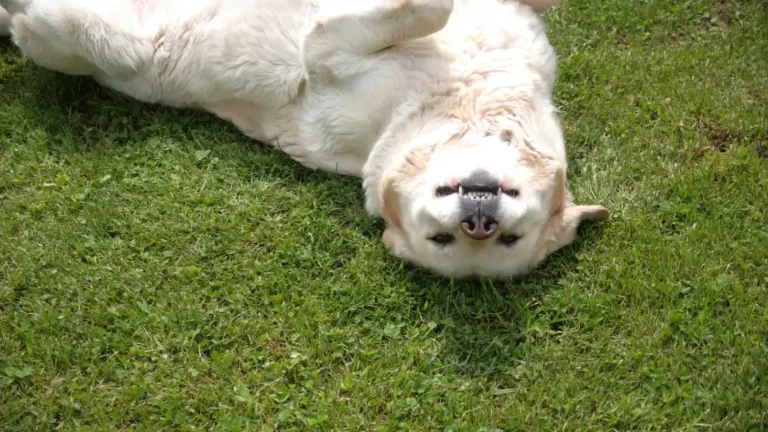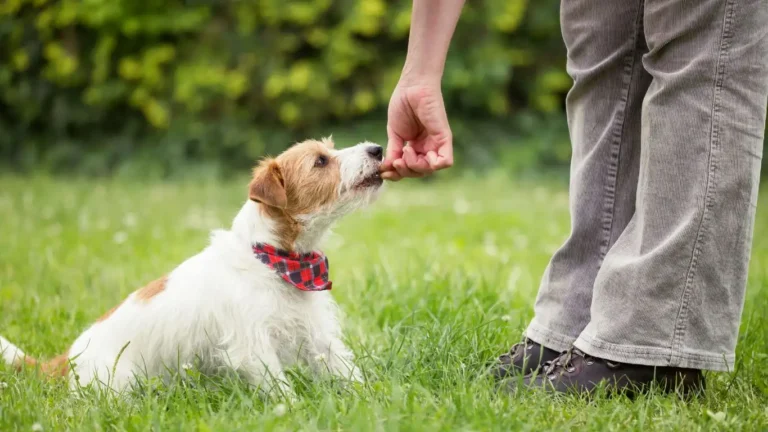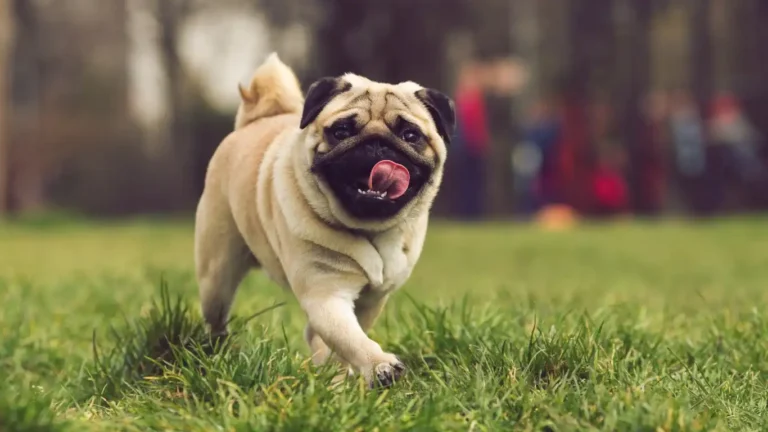Proven Tips to Keep Your Dog Calm When Visiting New Places
If you’ve ever taken your dog to a new park, vet, or even just a friend’s house, you probably know how stressful it can be—not just for your furry friend, but for you too! How to keep your dog calm when visiting new places is something I get asked a lot in my work as a Veterinary Technician specializing in nutrition and overall pet wellness. And honestly, it’s one of those challenges that every dog parent faces at some point. Whether your pup gets nervous, overly excited, or downright scared, helping them stay relaxed in unfamiliar surroundings is key to a smooth outing and a happy doggo.
From my years working hands-on with dogs, I’ve seen firsthand how small changes can make a big difference. It’s not just about calming treats or a quick pat on the head—there’s a whole approach that taps into understanding your dog’s body language, their individual triggers, and yes, even how their diet can influence their mood and anxiety levels.
Understanding Your Dog’s Anxiety in New Environments
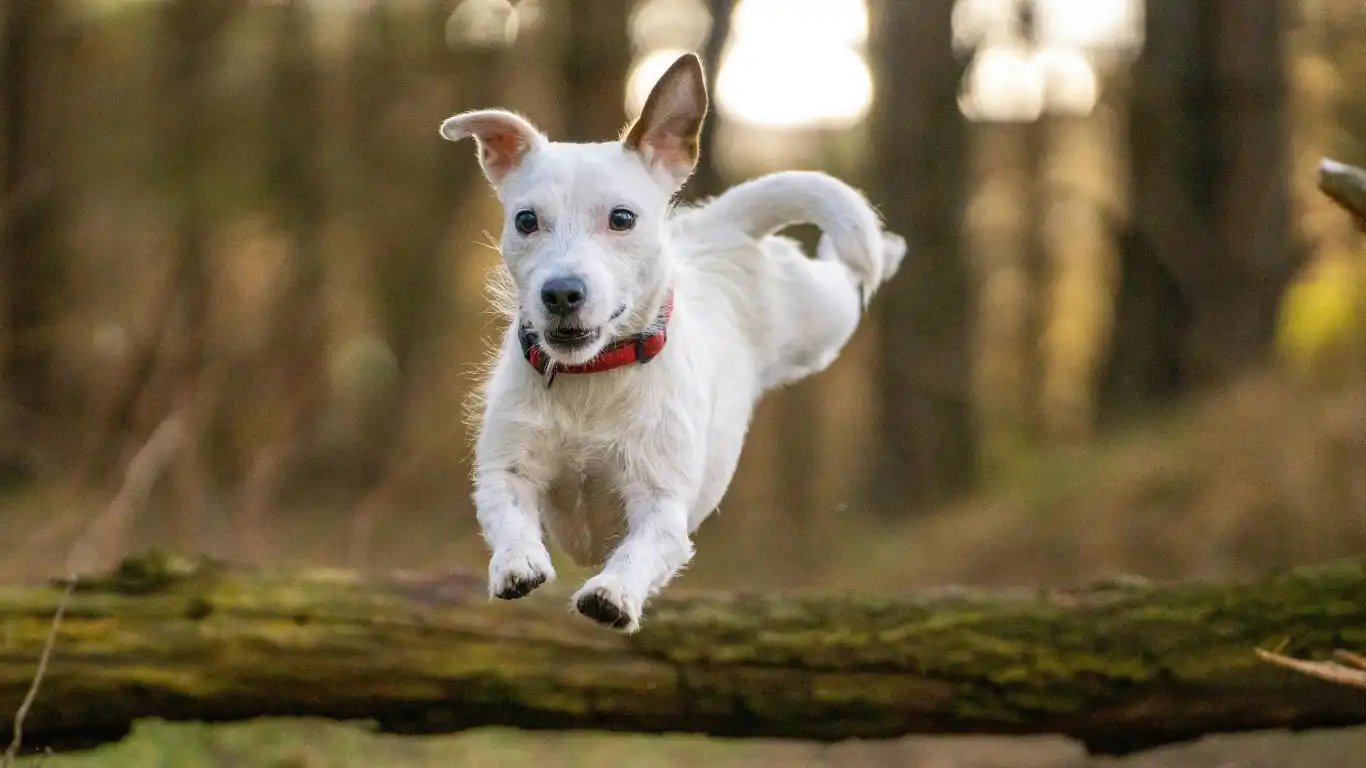
First things first, it helps to get why your dog feels uneasy when you step into new places. Anxiety in dogs isn’t just about fear—it can stem from confusion, overstimulation, or even past negative experiences. Dogs rely heavily on routine and familiar cues, so any sudden change can throw them off balance.
Signs Your Dog Is Stressed or Anxious
Recognizing anxiety early can help you step in before things escalate. Here’s what I usually look for, and what I teach dog owners to watch out for:
- Excessive panting or drooling—even when it’s not hot out.
- Whining, barking, or trembling—clear vocal or physical signals of distress.
- Restlessness or pacing—your dog might be trying to find a safe spot.
- Avoidance behaviors—such as hiding behind you or refusing to move.
- Yawning or lip licking—subtle signs that your dog is feeling uneasy.
Why Some Dogs Get More Anxious Than Others
Just like people, dogs have unique personalities and experiences that shape how they react. From genetics to early socialization, these factors can play a huge role in how your dog copes with new environments. For example, I once worked with a rescue pup who had been neglected and was terrified of car rides and vet visits. It took patience, consistent positive reinforcement, and gradual exposure to new sights and sounds before she started to feel safe outside her home.
Practical Tips on How to Keep Your Dog Calm When Visiting New Places
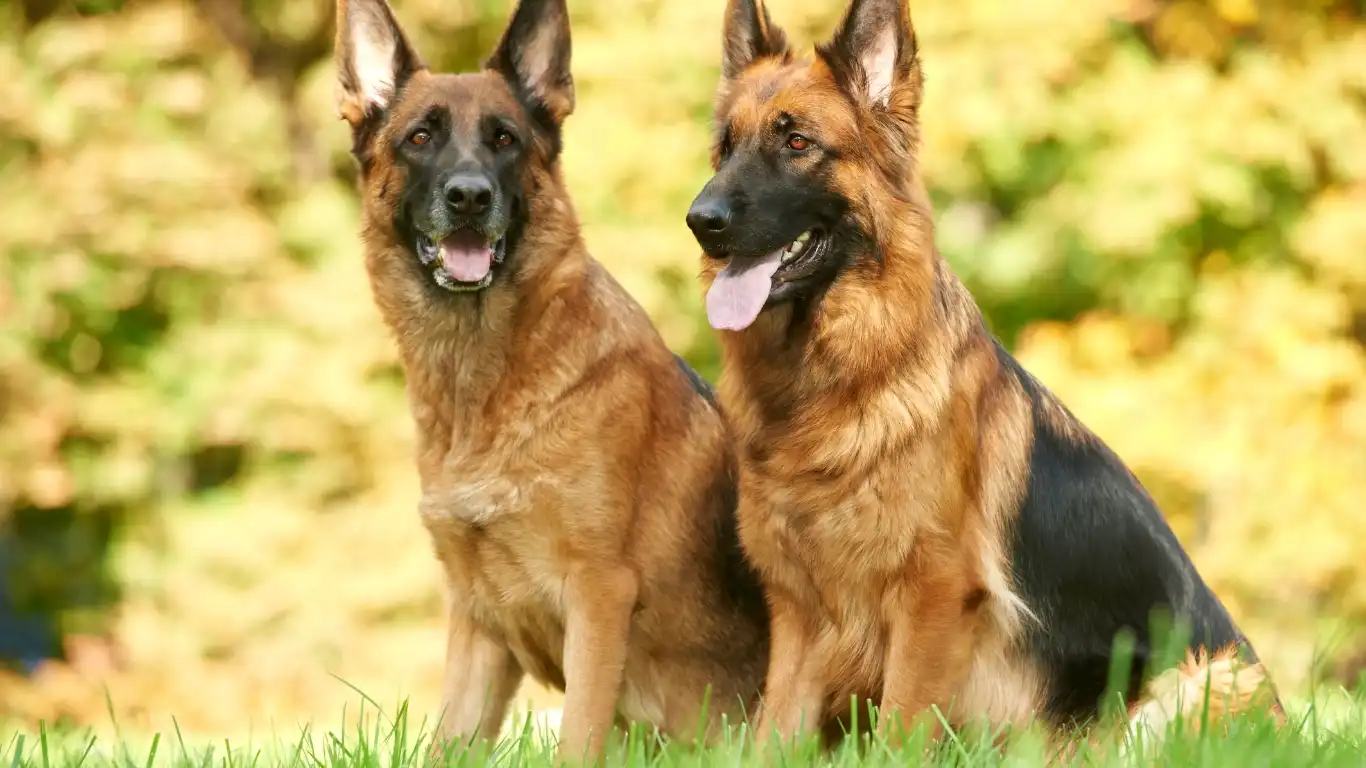
Now for the part everyone’s really here for: what can you actually do to help your dog stay calm and chill out when you’re out and about? Here are some of my go-to strategies that blend science with real-world experience:
Prepare Before You Go
Preparation is half the battle. Here’s what you can do before heading out:
- Familiarize your dog with the gear—leashes, harnesses, or crates. Let them sniff and explore these items at home to reduce novelty stress.
- Practice short trips to places that are mildly different from home, like a quiet street or a friend’s backyard, and gradually build up to busier spots.
- Exercise your dog beforehand. A well-exercised dog is generally less anxious and more focused.
- Bring favorite toys or treats. Familiar items can be a comforting anchor in a new environment.
Create a Calm Atmosphere During the Visit
Once you’re there, your energy matters a lot. Dogs are great at picking up on human vibes. If you’re stressed or rushing, your dog will likely mirror that anxiety.
- Keep your voice calm and soothing.
- Use gentle petting and reassuring words.
- Avoid forcing your dog into interactions if they seem overwhelmed.
- Give them space to explore at their own pace.
Nutrition and Calmness
As someone who specializes in nutrition, I can’t skip mentioning how what your dog eats can affect their mood. Certain supplements and diets rich in omega-3 fatty acids, antioxidants, and specific amino acids have been shown to support brain health and reduce anxiety symptoms. Before a big outing, ensuring your dog’s meals are balanced and healthy can make a subtle but important difference in their overall behavior.
Training Techniques to Keep Your Dog Calm in New Places

One of the most effective ways I’ve seen to help dogs stay relaxed when encountering new environments is through consistent training. It’s not about turning your dog into a perfectly behaved robot but rather teaching them how to manage their excitement and anxiety in a positive way.
Desensitization and Counter-Conditioning
These two fancy terms might sound complicated, but they’re pretty straightforward and super powerful. Desensitization involves gradually exposing your dog to new sights, sounds, and smells at a pace they’re comfortable with. Counter-conditioning means changing your dog’s emotional response to these new experiences by pairing them with something they love—usually treats or praise.
For example, if your dog gets nervous around crowds, start by taking them to a quiet spot where you can see a few people from a distance. Give them tasty treats and lots of love when they stay calm. Over time, you can slowly reduce the distance and increase the number of people around, always rewarding calm behavior. This approach has worked wonders for many of the anxious dogs I’ve cared for.
Using Commands and Focus Exercises
Teaching your dog simple commands like “sit,” “stay,” or “watch me” can be a lifesaver when you’re in a new place. These commands help redirect their attention away from anxiety triggers and onto you. In my experience, dogs thrive on clear communication and knowing what you want from them helps reduce stress.
Try practicing these commands in a calm setting first, then gradually introduce distractions. Once your dog gets the hang of it, using these cues in new environments can ground them and give them a sense of control.
Safe Spaces and Comfort Items

One thing I always recommend to dog owners is to bring a bit of home with you. Creating a safe space during your outings can make a huge difference in how your dog reacts.
Portable Crates and Cozy Blankets
If your dog is crate-trained, bringing a familiar crate or carrier along can give them a cozy retreat where they can feel secure. Even if they’re not huge fans of crates at home, a little encouragement with treats and their favorite blanket can make it a comforting spot when they feel overwhelmed.
Favorite Toys and Scents
Bringing along a well-loved toy or something with your scent on it is a surprisingly simple trick that often helps dogs relax. Familiar smells can be very reassuring for dogs in strange environments. When I take my own dogs out, I always tuck a small, soft toy in my bag just in case.
When to Seek Professional Help
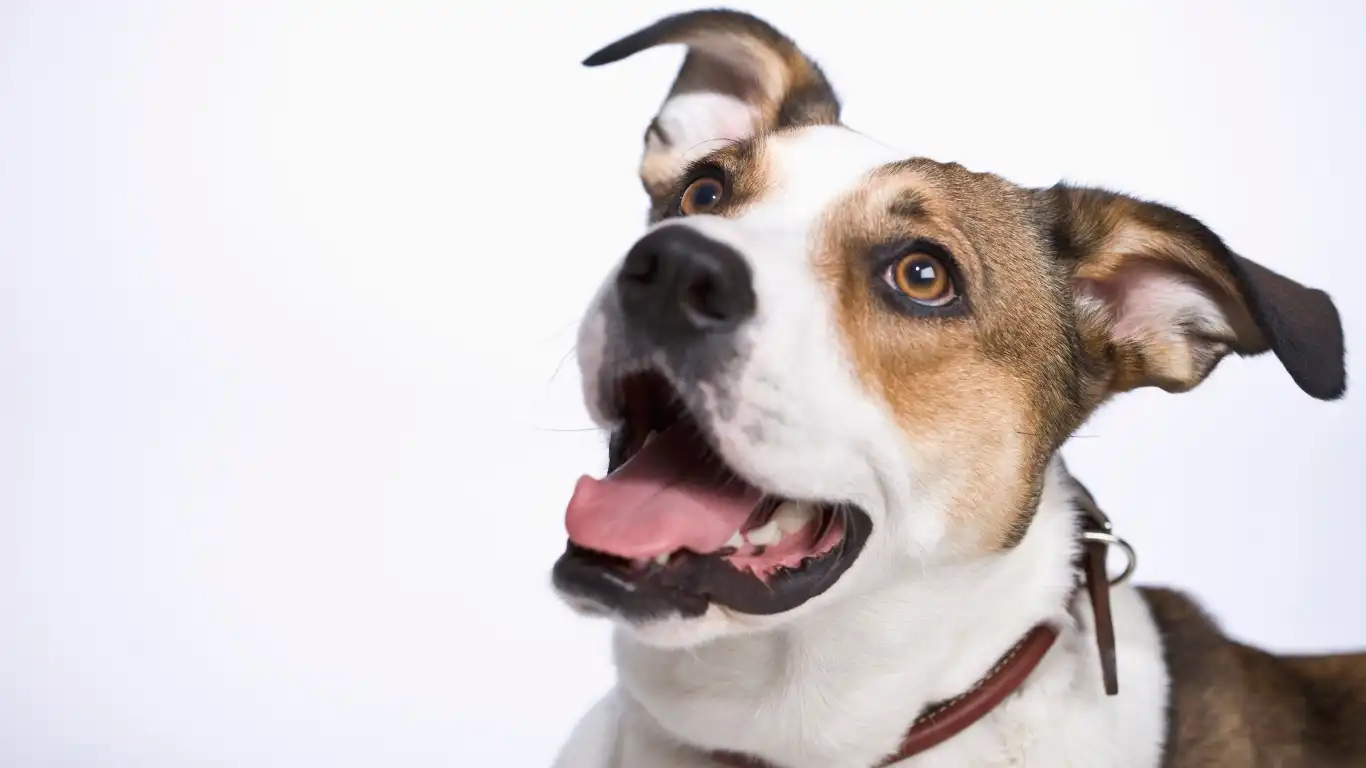
Sometimes, no matter how much preparation and training you do, your dog’s anxiety can be too much to handle on your own. It’s completely okay to ask for help—after all, we’re all learning how to give our pets the best lives possible.
Consulting Your Veterinarian or a Behaviorist
As a vet tech, I can’t stress enough how valuable professional advice is. A veterinarian can rule out any medical causes for anxiety and recommend safe treatments or supplements tailored to your dog’s needs. If the anxiety is severe, a certified animal behaviorist can develop a customized training and behavior modification plan that suits your dog’s personality and history.
Medications and Natural Remedies
While I’m a big fan of natural calming techniques and nutrition, sometimes medication prescribed by a vet is the best option for your dog’s well-being. This doesn’t mean your dog will become “zoned out” or dull—modern options focus on easing anxiety without heavy sedation. In some cases, combining medication with behavior training and nutrition changes can be the ultimate game-changer.
Final Thoughts on How to Keep Your Dog Calm When Visiting New Places
Helping your dog feel calm and confident in new surroundings is a journey, not a quick fix. It takes understanding, patience, and a bit of creativity. By tuning into your dog’s unique needs, preparing thoughtfully, and using positive training methods, you can turn stressful outings into enjoyable adventures. Remember, every dog is different, and the best approach is one that respects their individual quirks and pace.
In the next part, we’ll dive deeper into specific calming aids, from nutrition tweaks to safe supplements, plus how to build a pre-visit routine that sets your dog up for success.
Calming Aids and Natural Support for Anxious Dogs
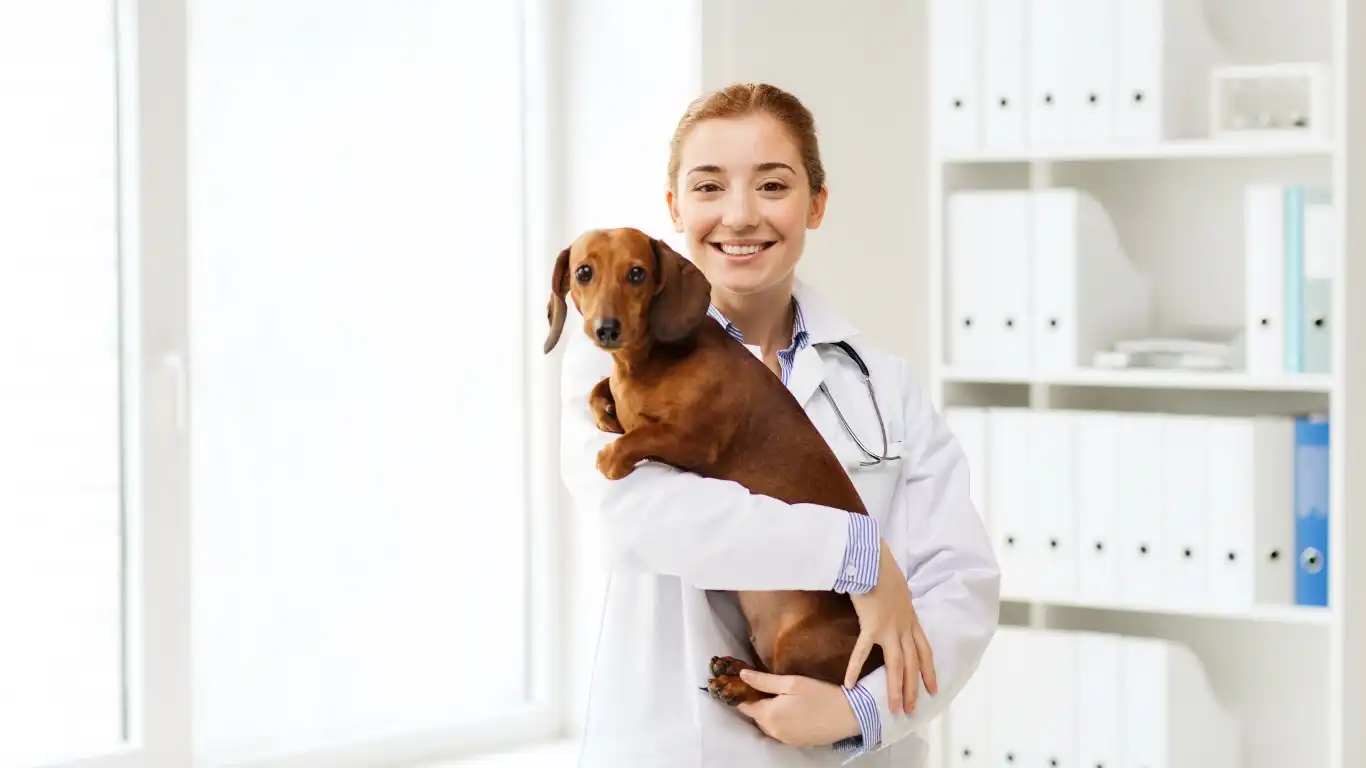
Now that we’ve covered training, preparation, and behavioral strategies, let’s talk about the extra tools in your toolbox—calming aids. Over the years, I’ve tried just about everything with my own dogs and patients. Some things work wonders, others not so much—it really depends on the dog. But when chosen wisely and used alongside training, these tools can offer a big boost in helping you figure out how to keep your dog calm when visiting new places.
Natural Supplements and Calming Treats
I’ve had great success recommending certain calming chews and natural supplements that contain ingredients like L-theanine, chamomile, melatonin, and CBD (from hemp, not marijuana). These ingredients can help lower stress levels without knocking your pup out. I always remind clients to talk to their vet first—natural doesn’t always mean safe for every dog, especially if they’re on medication or have underlying health conditions.
- CBD treats: Look for third-party tested, vet-approved brands with clear dosage guidelines.
- Chamomile and valerian root: Gentle herbs known for promoting relaxation.
- L-tryptophan and L-theanine: Amino acids that help balance serotonin levels in the brain.
Pheromone Products
One thing a lot of pet parents overlook is the power of scent. Products like Adaptil, which mimic the calming pheromones a mother dog produces, can help signal safety and comfort to your dog’s nervous system. I’ve used these in clinic settings, and the difference in some dogs’ body language is noticeable within minutes.
Pressure Wraps and Anxiety Vests
These snug-fitting garments work similarly to a hug—they apply gentle pressure that can help some dogs feel more grounded and secure. I often recommend them for car rides or vet visits. My own senior dog wears his vest any time we’re heading somewhere unfamiliar. It’s like his security blanket.
Building a Pre-Visit Routine That Works
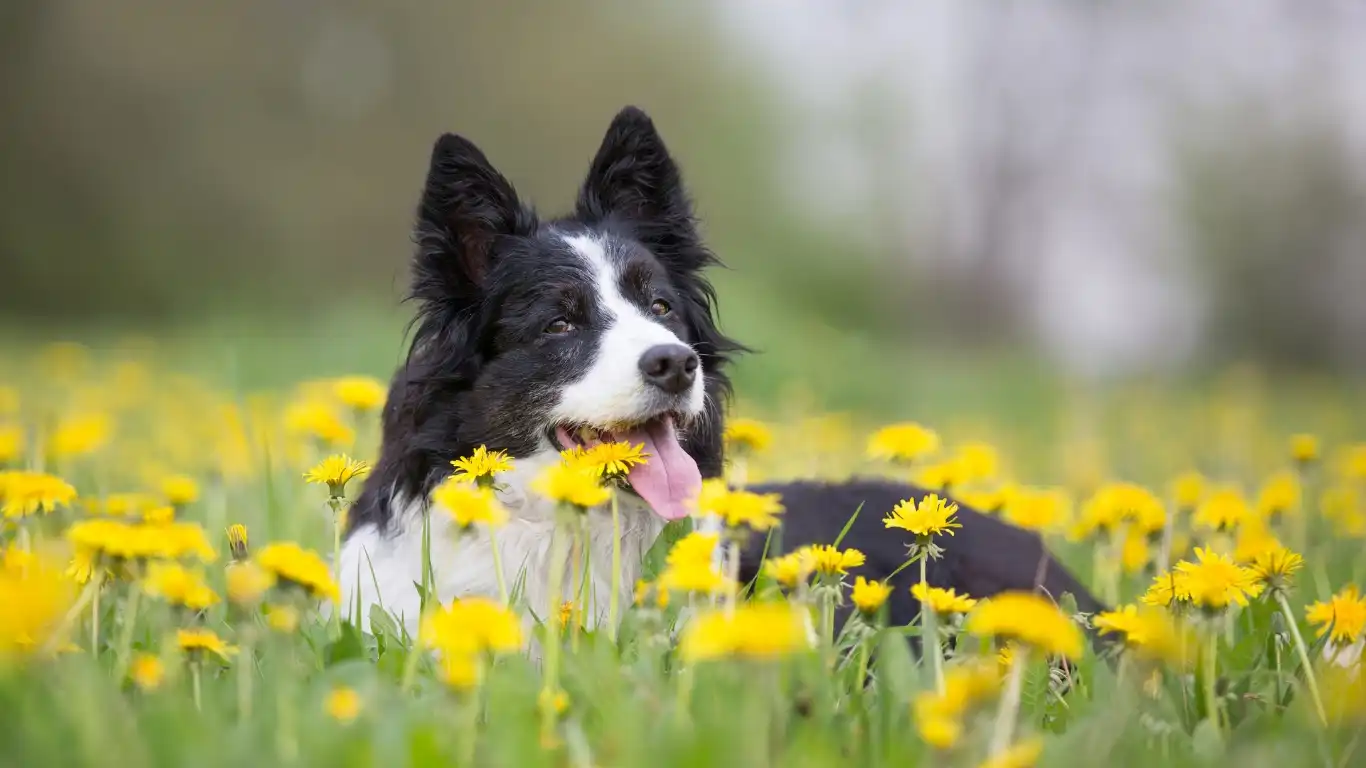
Routines matter—a lot. Just like you might have a morning ritual to ease into your day, dogs benefit from predictability too. Establishing a calm pre-visit routine can reduce anticipatory anxiety and help your dog approach new situations with a steadier mindset.
What to Include in Your Routine
- Calm energy starts with you. Take a few deep breaths before heading out. If you’re rushing or tense, your dog will feel it.
- Exercise beforehand. A brisk walk or short play session can release pent-up energy and make your dog more relaxed during the outing.
- Offer a small, protein-rich snack. A little treat before leaving helps avoid a hungry, cranky pup and supports serotonin production.
- Use familiar cues. Let your dog know what’s happening with words or phrases they associate with positive experiences (“Let’s go for a ride!” works wonders for some).
During the Visit: Keep It Predictable
Stick to a rhythm when you arrive. Start by letting your dog sniff around and observe the environment. Keep interactions short and positive. Bring a mat or towel that smells like home to use as a familiar “base camp” if you’ll be staying in one place for a while.
Long-Term Confidence Building
Helping your dog become more confident in new environments is a marathon, not a sprint. In my experience, even the most anxious pups can learn to handle new places with grace given time, trust, and the right support.
Socialization Isn’t Just for Puppies
Many folks think socialization ends at 16 weeks old, but the truth is, it’s a lifelong process. Exposing your dog to new environments regularly—at their pace—helps prevent regression. Even older dogs benefit from ongoing exposure when it’s done with empathy and encouragement.
Celebrate Small Wins
Don’t underestimate the power of tiny progress. If your dog managed to stay calm for five minutes at a new park or walked through the vet’s door without balking, that’s a win! Reward and reinforce those moments. Over time, they stack up into real, lasting confidence.
Final Thoughts
Learning how to keep your dog calm when visiting new places takes patience, creativity, and a deep understanding of your dog’s needs. From a vet tech’s perspective, the best outcomes come from a combination of proactive care, training, environmental support, and yes—lots of love. Every dog is different, but with a little effort and consistency, you can help your pup feel more secure wherever life takes you together.
References
Disclaimer
This article is intended for informational purposes only and does not substitute professional veterinary advice. Always consult with your veterinarian or a certified animal behaviorist for personalized guidance regarding your dog’s health or behavior concerns.
